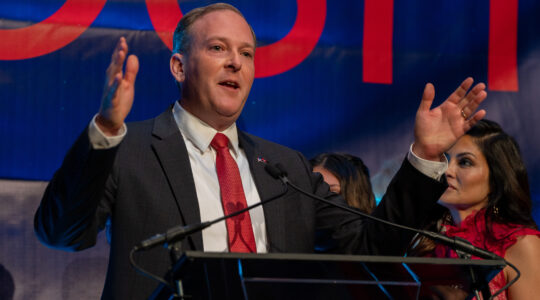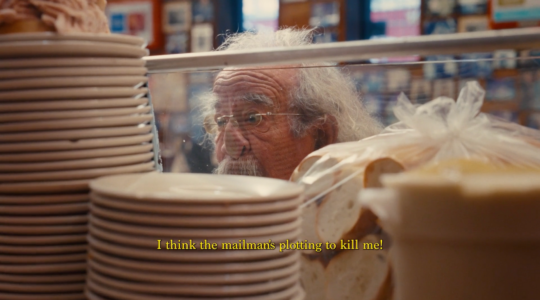Charged by Israeli Prime Minister Benjamin Netanyahu to come up with a Solomonic solution to the growing controversy over women’s prayer at Judaism’s holiest site, Natan Sharansky, the chair of the Jewish Agency for Israel, has prepared a bold and grand plan to allow any and all Jews to pray at Jerusalem’s Western Wall.
The proposal is under discussion this morning as Sharansky presents his plan to officials of the rabbinic cabinet of the Jewish Federations of North America, made up of leaders of the major religious denominations. If endorsed, it is expect that the proposal will then be presented formally to Prime Minister Benjamin Netanyahu this month and would require approval and government funding. It likely would face opposition from some Orthodox groups who until now have had exclusive authority over prayer at the Wall, but Sharansky expressed confidence it will prevail.
“I think I can deliver” government support, including that of Minister of Religion Naftali Bennett of the Jewish Home party, Sharansky said in an exclusive interview here with The Jewish Week at the Jewish Agency’s New York office.
“This is the maximum I can do,” he said of his efforts, noting that he has conducted dozens of private meetings here and in Israel since being appointed by Netanyahu last December to be, in effect, a one-man commission. His task: to resolve the thorny issue of prayer at the Wall, balancing human and religious rights in a political context.
The key to his plan, he explained, is “too see all of the Western Wall as one.” The proposal calls for renovating the southwest portion of the Wall, which had been the site of archaeological excavations since soon after the 1967 Six Day War, and elevate it to equal prominence to the existing area where prayers are now held. (Sharansky pointed out that while the area was set aside for excavation there has been no activity at the site of late.)
That area, known as Robinson’s Arch, has been used for egalitarian prayer in recent years but is quite small. At present it is only available on a limited basis and subject to an entrance fee.
The result of the renovation would be, in effect, to double the area of the Wall dedicated to prayer; one half (about 300 feet long), now the site of religious services, would remain as is, and continue to be used for traditional prayer. The other half, continuing south (or, facing the Wall, to the right), would be the same length and set aside for egalitarian prayer.
“One Western Wall for one Jewish people” with equal access to all, asserted Sharansky, who arrived in New York Sunday morning for a series of private meetings to explain and sell his plan to key leaders among the religious streams and major Jewish organizations, leading up to the key JFNA rabbinic meeting this morning.
Sharansky emphasized that his plan is historic because it calls for 24 hour a day access to the Wall, a common entrance between the two prayer areas and would mark “the first time, and in the most visible place, there would be a choice between traditional and egalitarian prayer.”
While he expressed confidence that the proposal will be accepted and become policy, prompting an expensive and extensive renovation of the southwestern area of the Wall — estimated to take at least two years of construction and cost a minimum of $25 million – he acknowledged that there may be stumbling blocks ahead.
They include the antiquities authority that oversees the archaeological aspects of the area; and the chief rabbi of the Wall, Shmuel Rabinovitz, as well as a wide range of haredi religious and political leaders, who have insisted on the status quo and oppose giving legitimacy to non-Orthodox practices at the Wall. And there is the critical question of what happens in the interim, during construction, which will take years.
Will the monthly Women of the Wall Rosh Chodesh services continue to be a source of contention, and arrests, during the extended construction period at the site, which has been a flashpoint for religious-oriented protest for many years?
Support the New York Jewish Week
Our nonprofit newsroom depends on readers like you. Make a donation now to support independent Jewish journalism in New York.
Sharansky is hopeful that once his proposal is approved, an interim agreement can be worked out among the various players based on good will and the understanding that a permanent solution is in the works.
The New York Jewish Week brings you the stories behind the headlines, keeping you connected to Jewish life in New York. Help sustain the reporting you trust by donating today.




